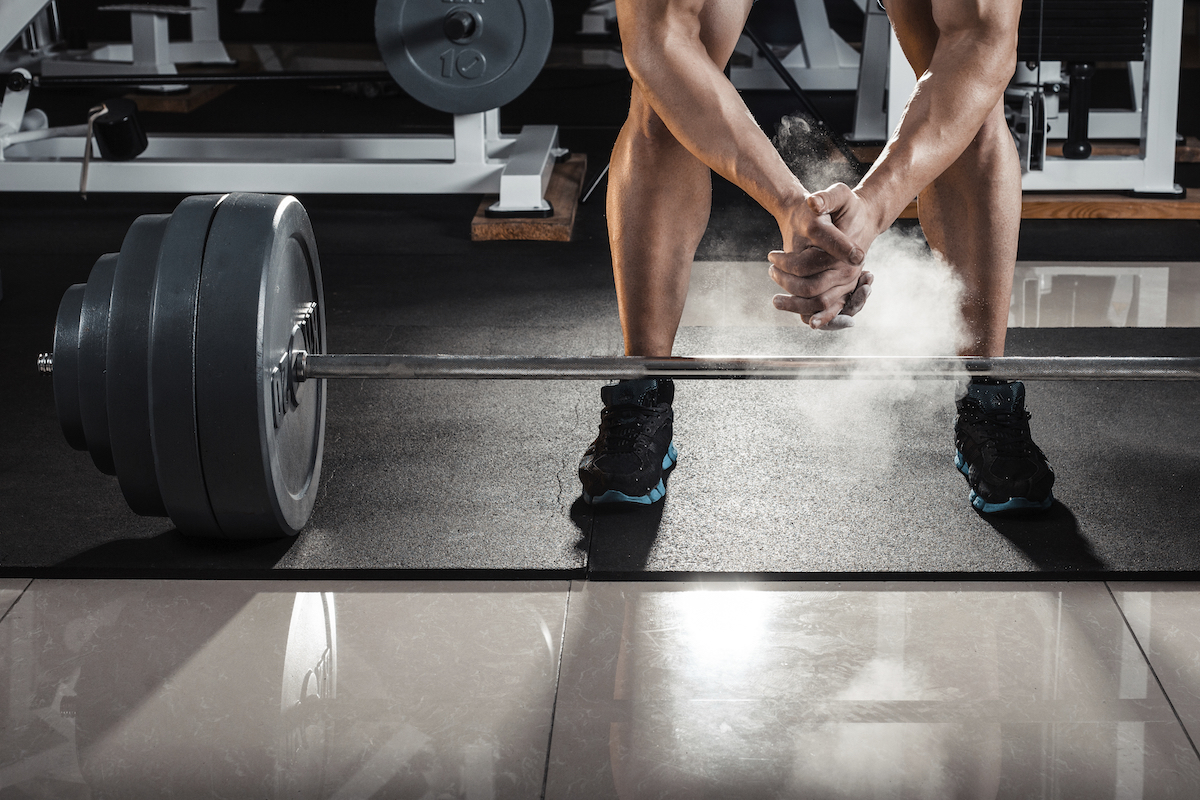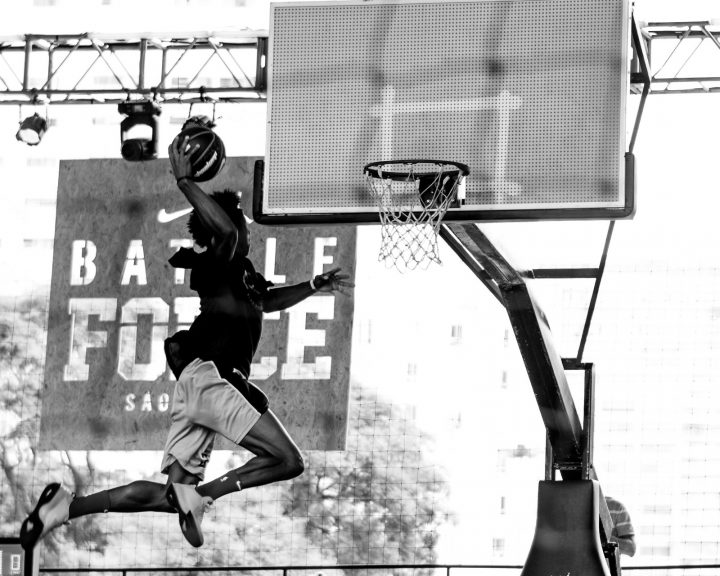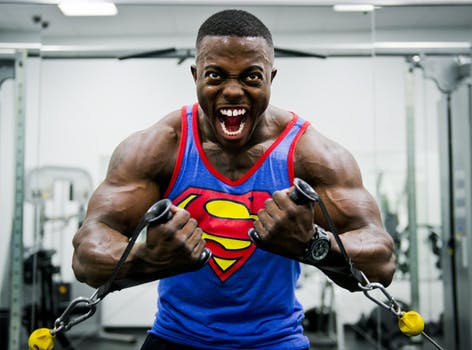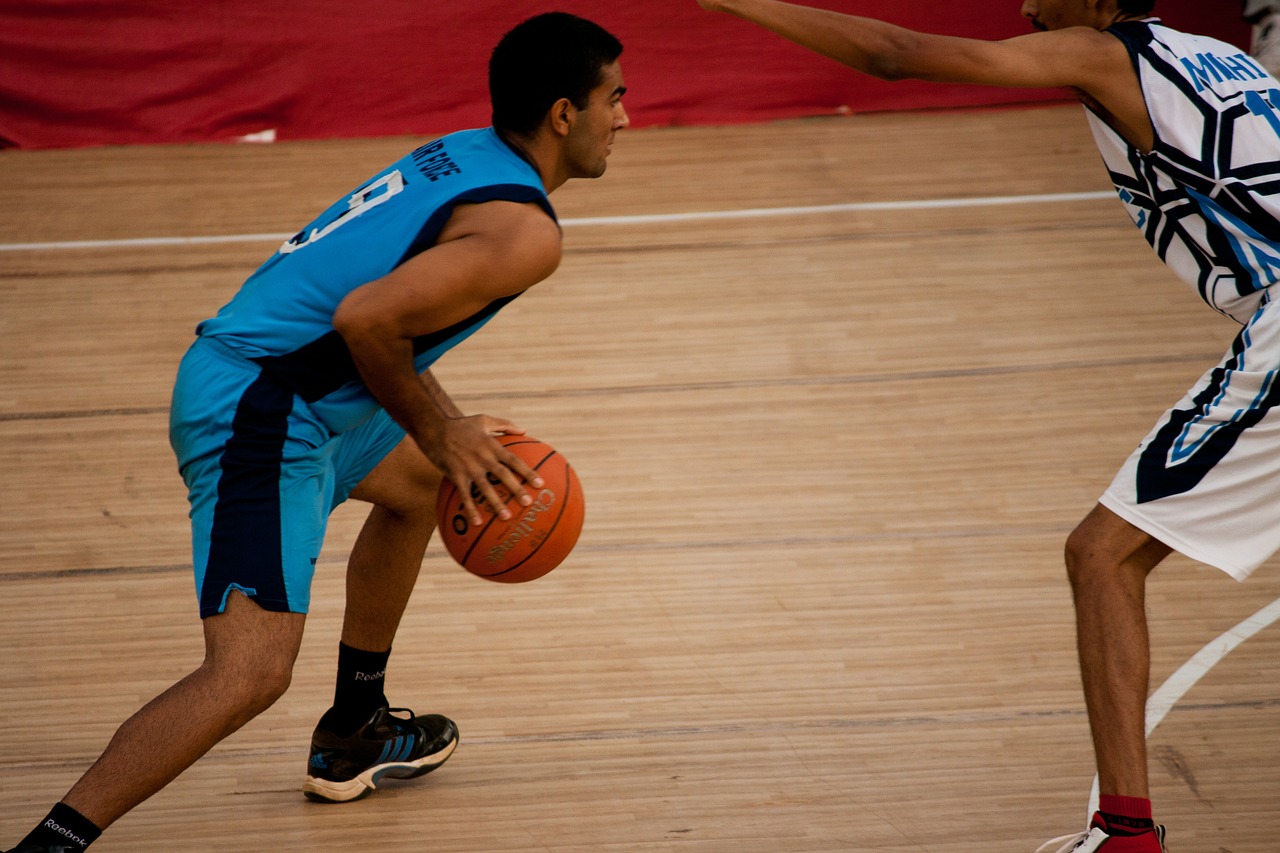In motor learning, focusing externally seems to result in an improvement in skill compared to an internal focus. When we focus internally we are focusing on what the body is doing, when we focus externally we are focusing on the result or effect of a movement. For example, focusing on the golf ball rather than what the arms are doing. This seems to apply to jumping as well, which leads to a logical assumption: if we focus out attention on a distance further away, won’t we jump further?
Porter et al, in the September issue of the Journal of Strength and Conditioning Research look at this using recreationally active college-aged males using the standing long jump. Thirty-five subjects were divided into three groups; one performed standing long jumps with the instruction to jump their best (control group); one performed jumps being told to jump as far past the start line as possible (external focus, near); the last group was instructed to jump as close to a point three meters away as possible (external focus, far).
The externally focus groups both jumped further than the control group. The externally focused, near group jumped 6% further than the control group. The externally focused, far group jumped 8% further than the control group. Both were statistically significant and they were significantly different from each other.
External focus is an approach for agility training and in learning other motor skills. One hypothesis behind why it may work is that by focusing internally, or even near the body (jump as far past the start line as possible), causes the athlete to take more active control over the action – thus disrupting natural movement mechanics. Now, this seems like a very Zen argument to me, but at the end of the day it may not matter why it works – just that it does. Where this idea breaks down is that it is very difficult to coach. We spend a lot of time focusing on what the body does, not the results of the movement. For example, when coaching the squat we focus on chest out/shoulders back, movement of the hips, weight on the heels, etc. We don’t focus on what the barbell is doing, which is the argument here.
Porter, J.M., and Anton, P.M., and Wu, W.F.W. (2012). Increasing the distance of an external focus of attention enhances standing long jump performance. Journal of Strength and Conditioning Research, 26(9), 2389-2393.




